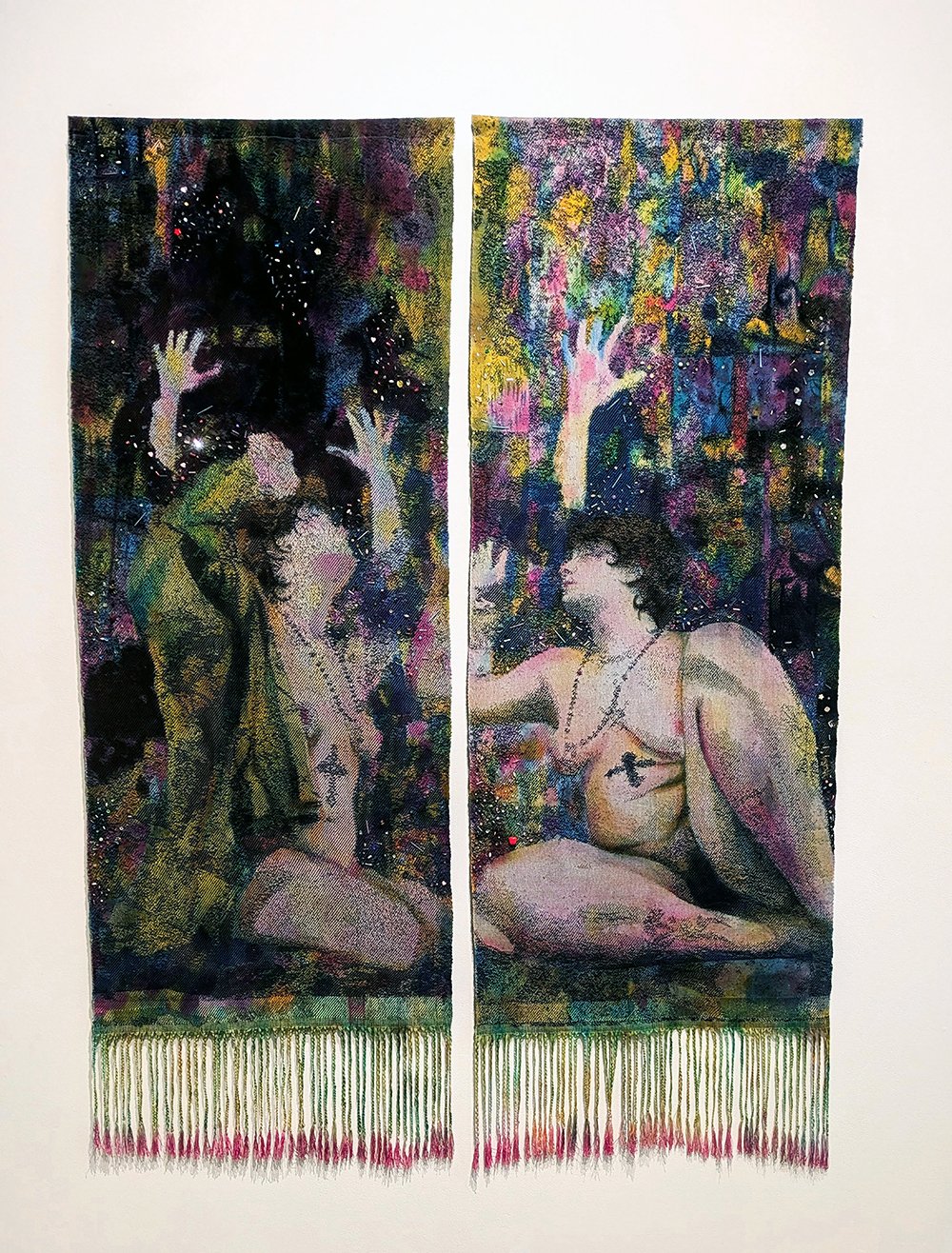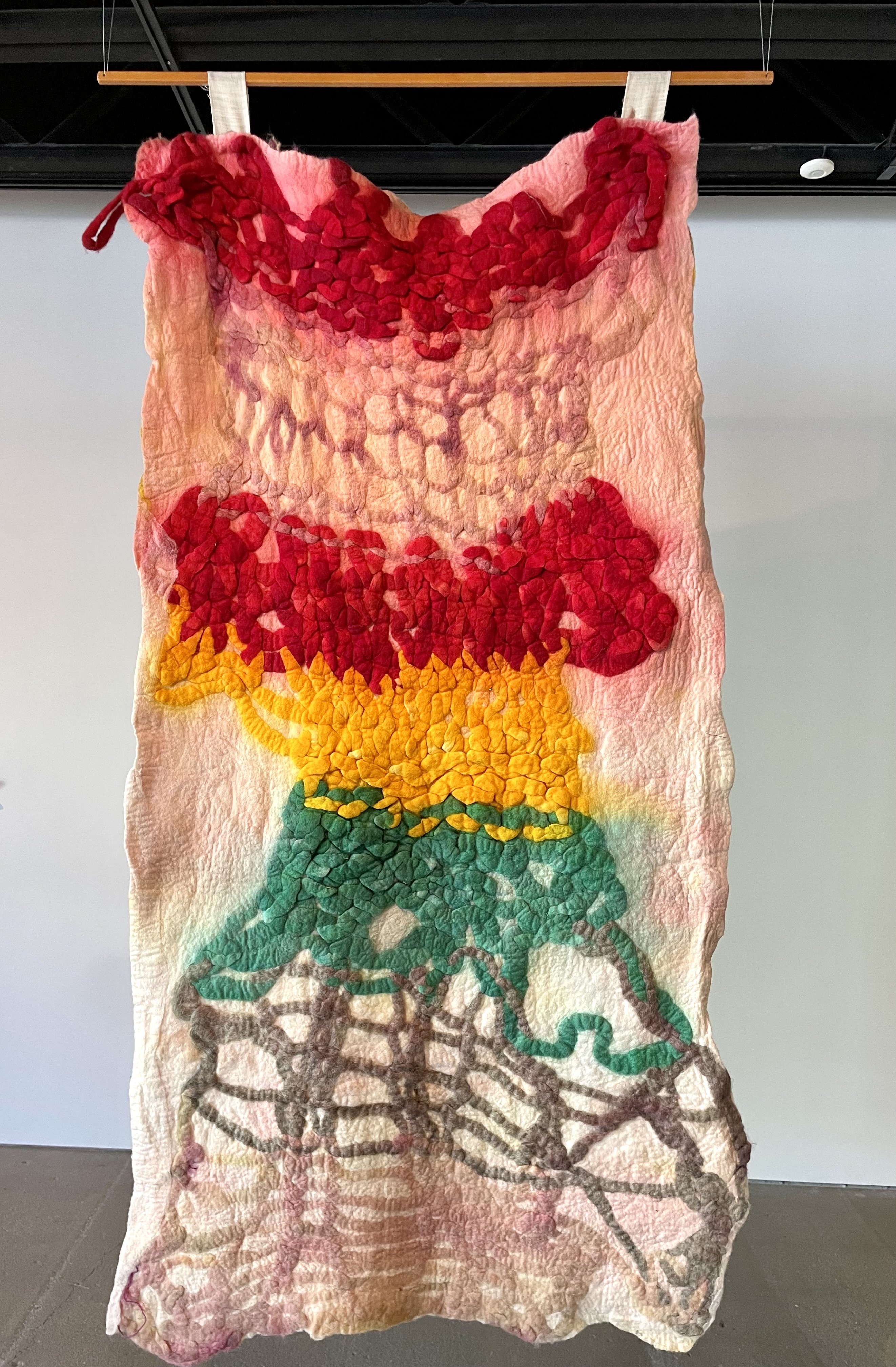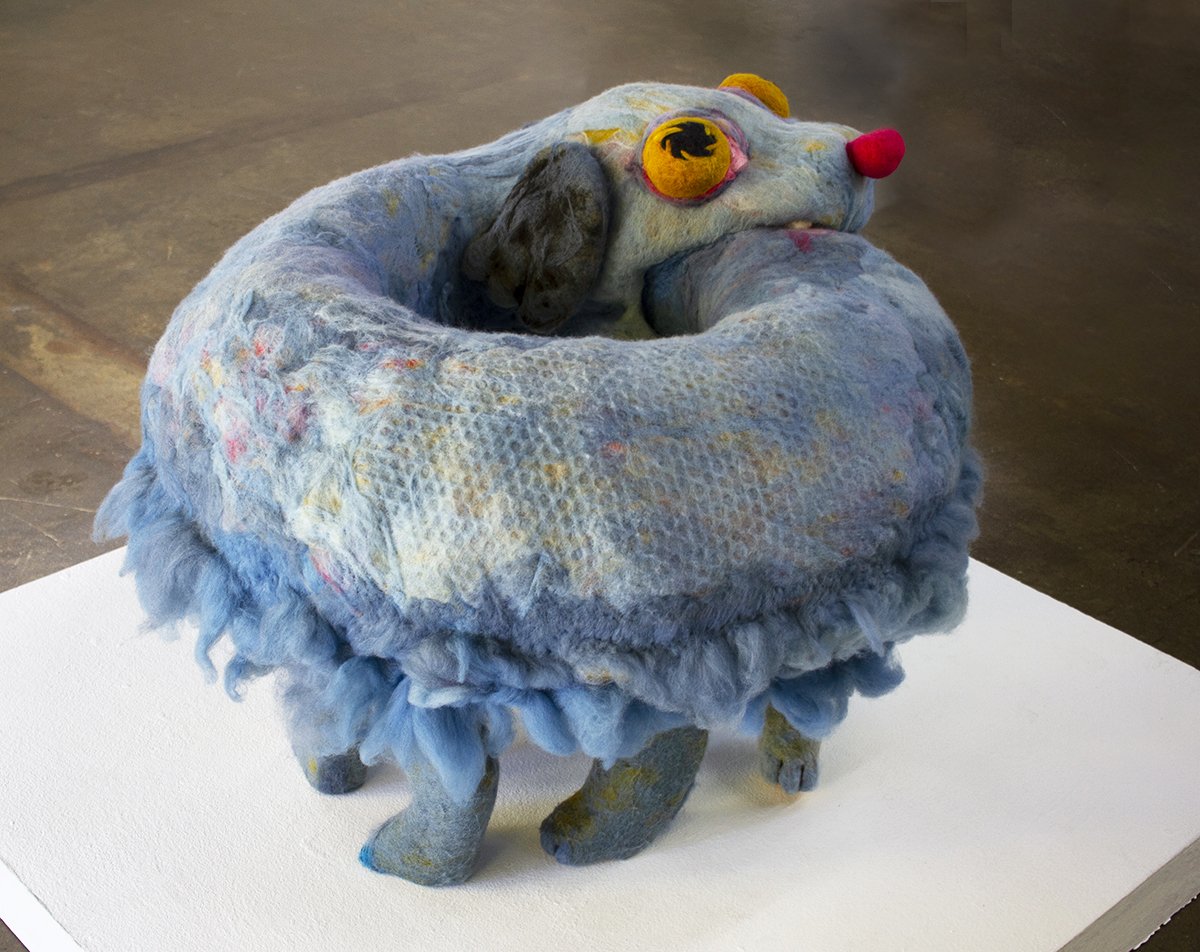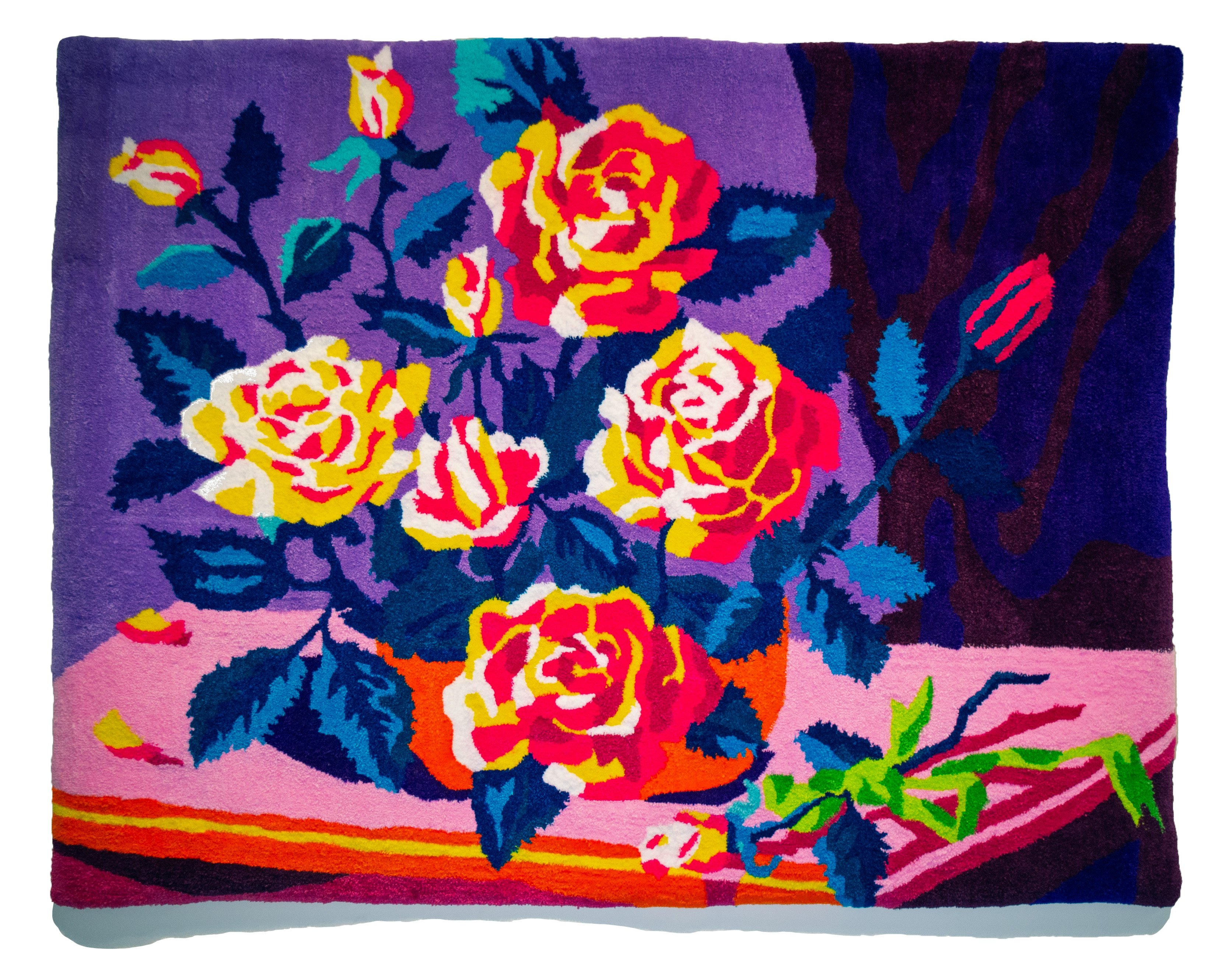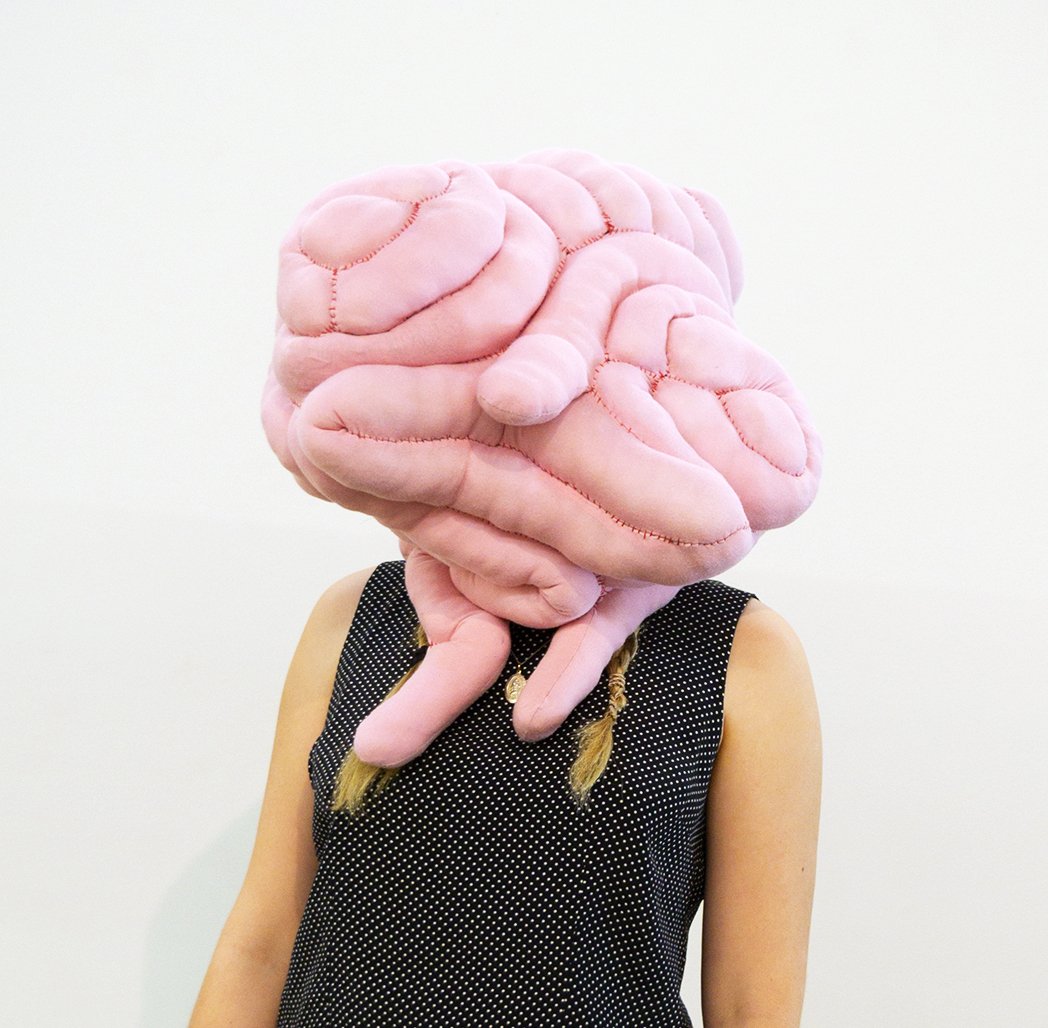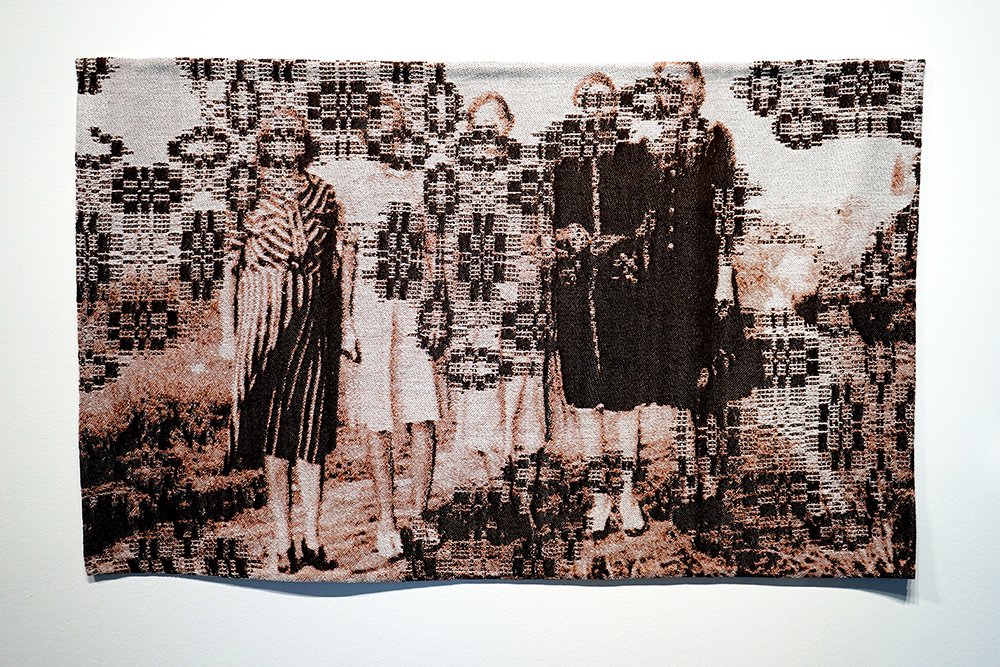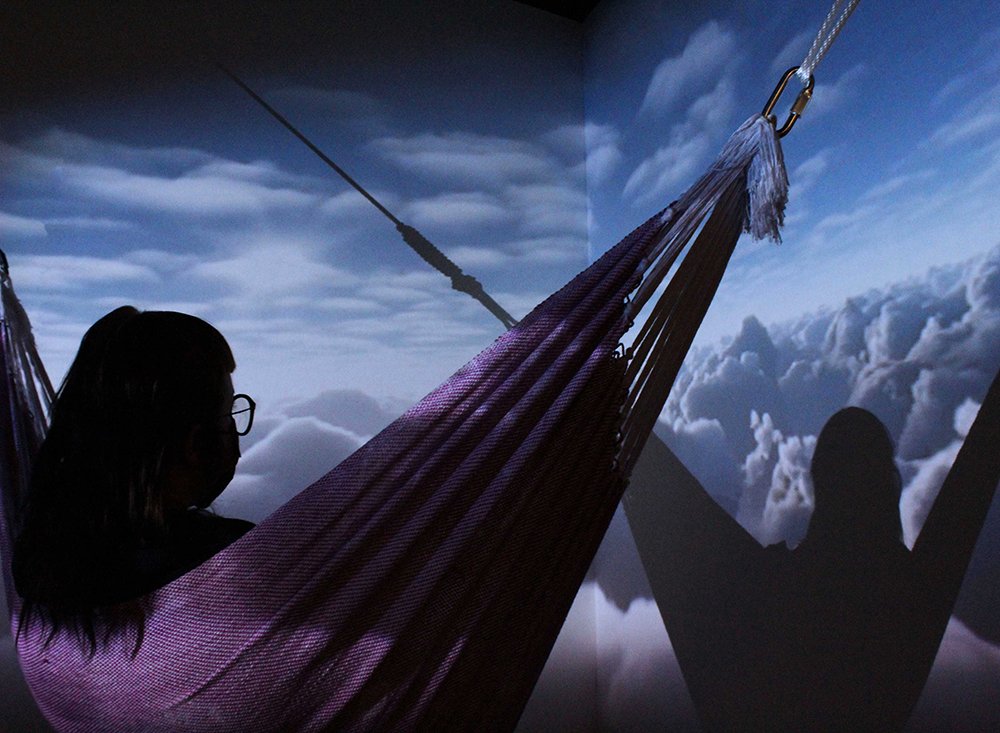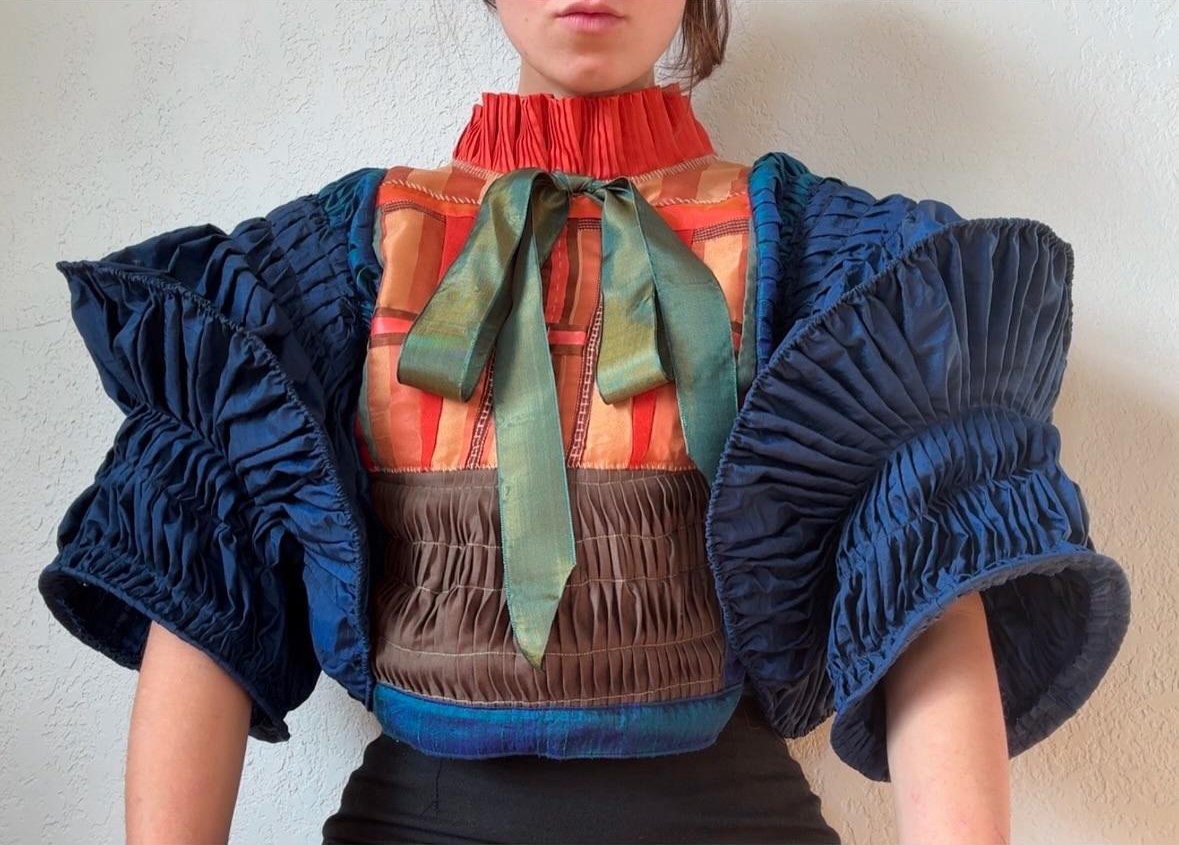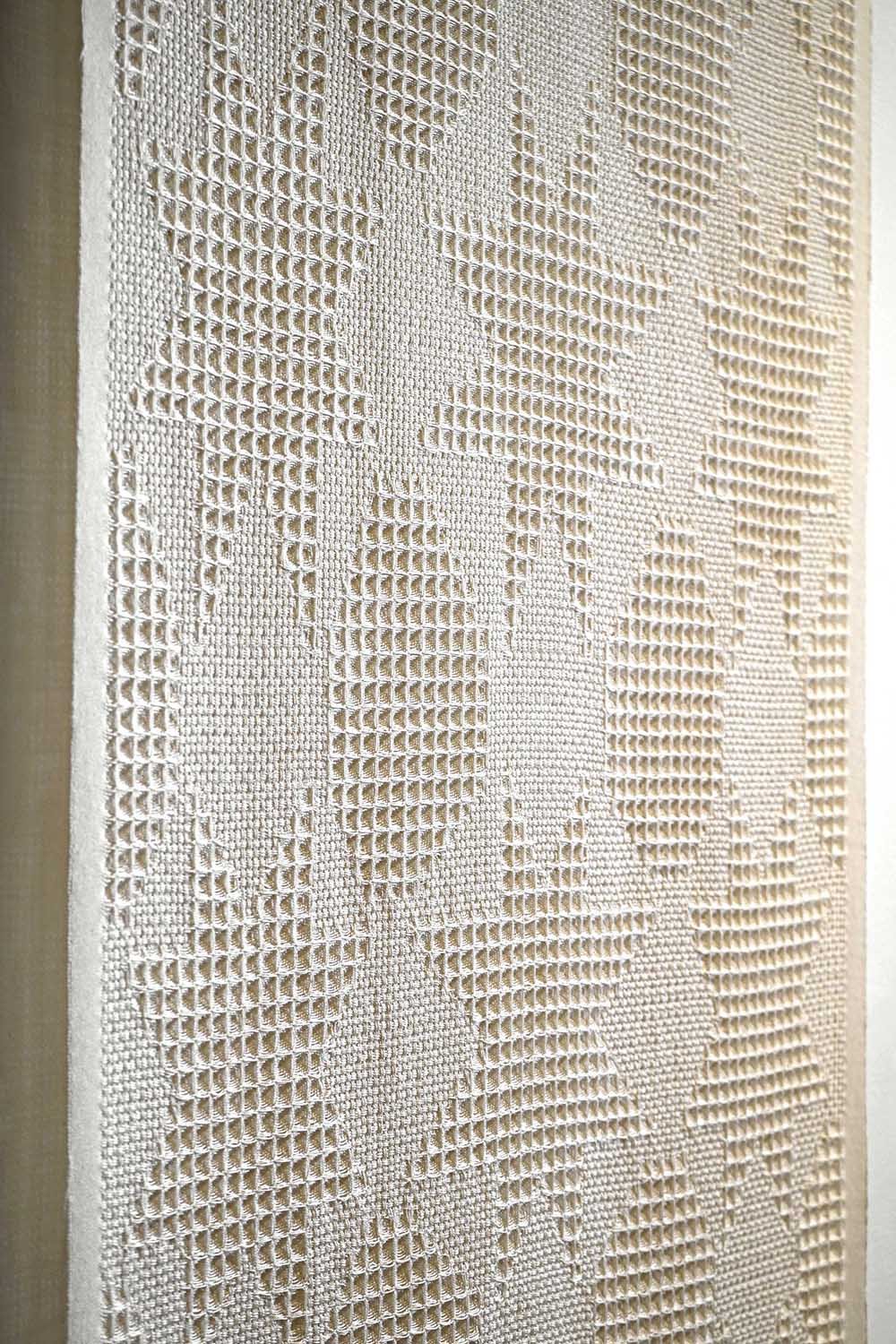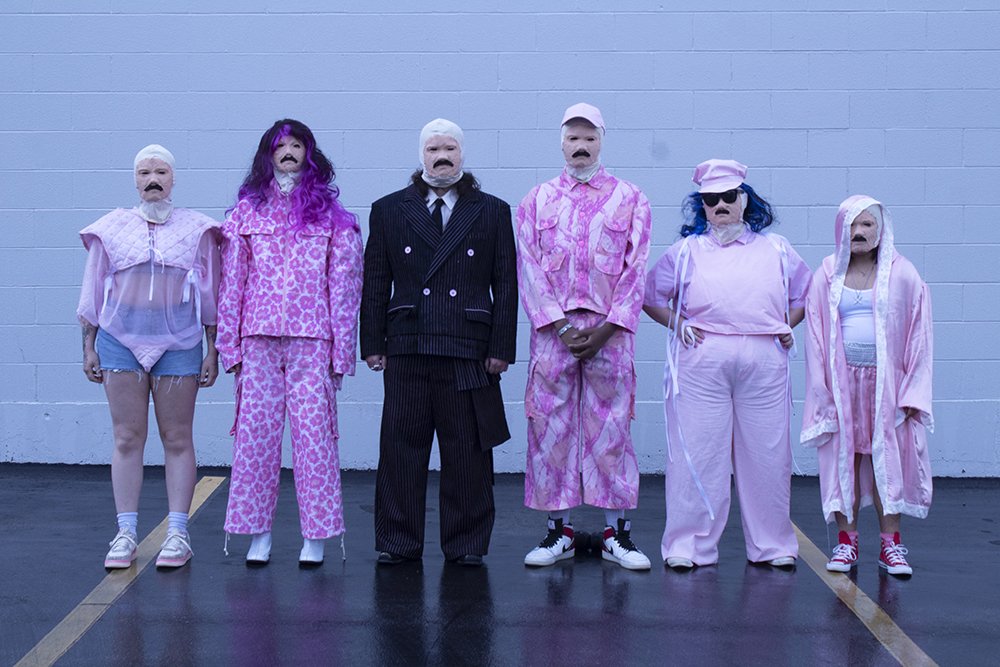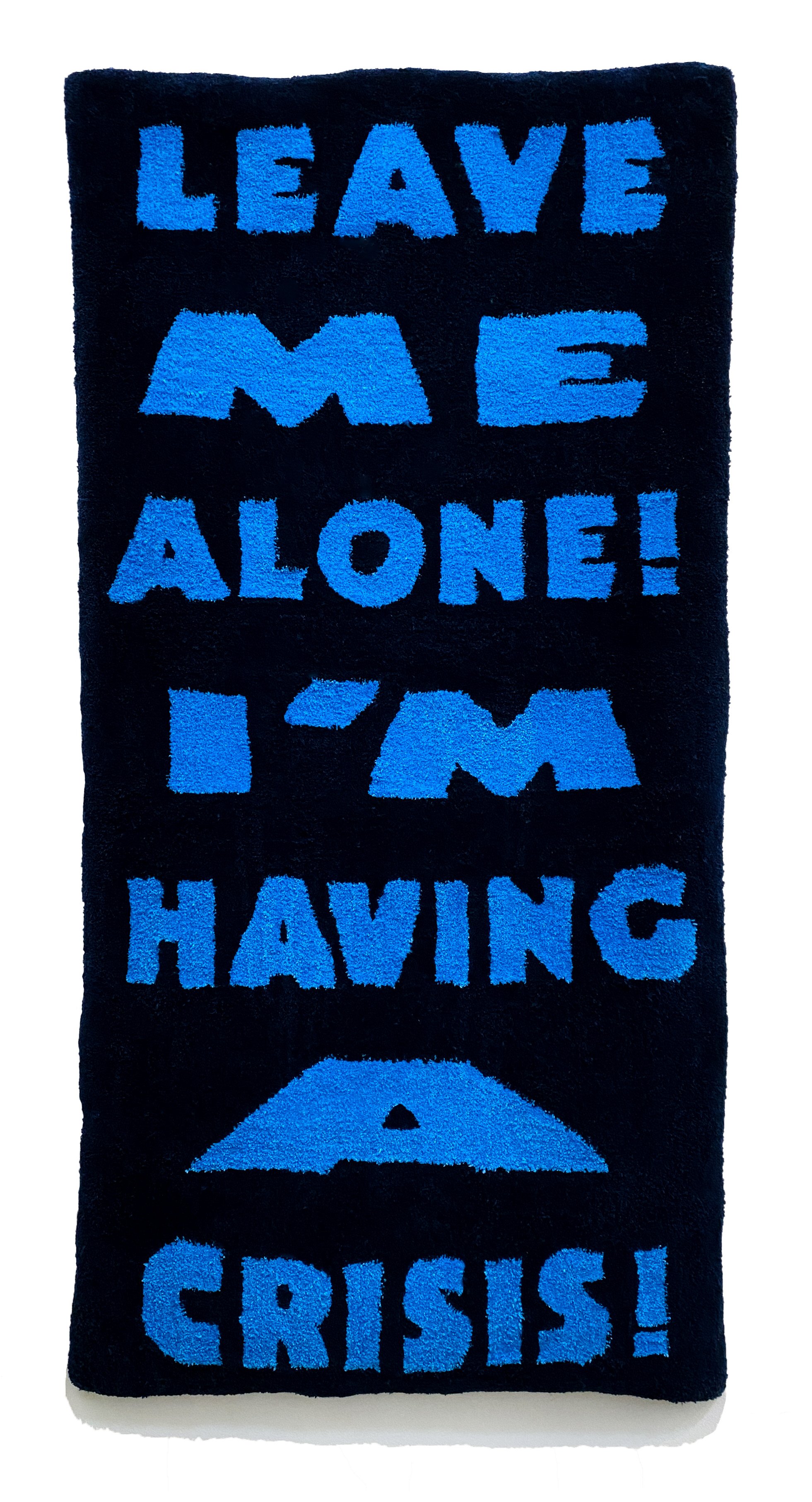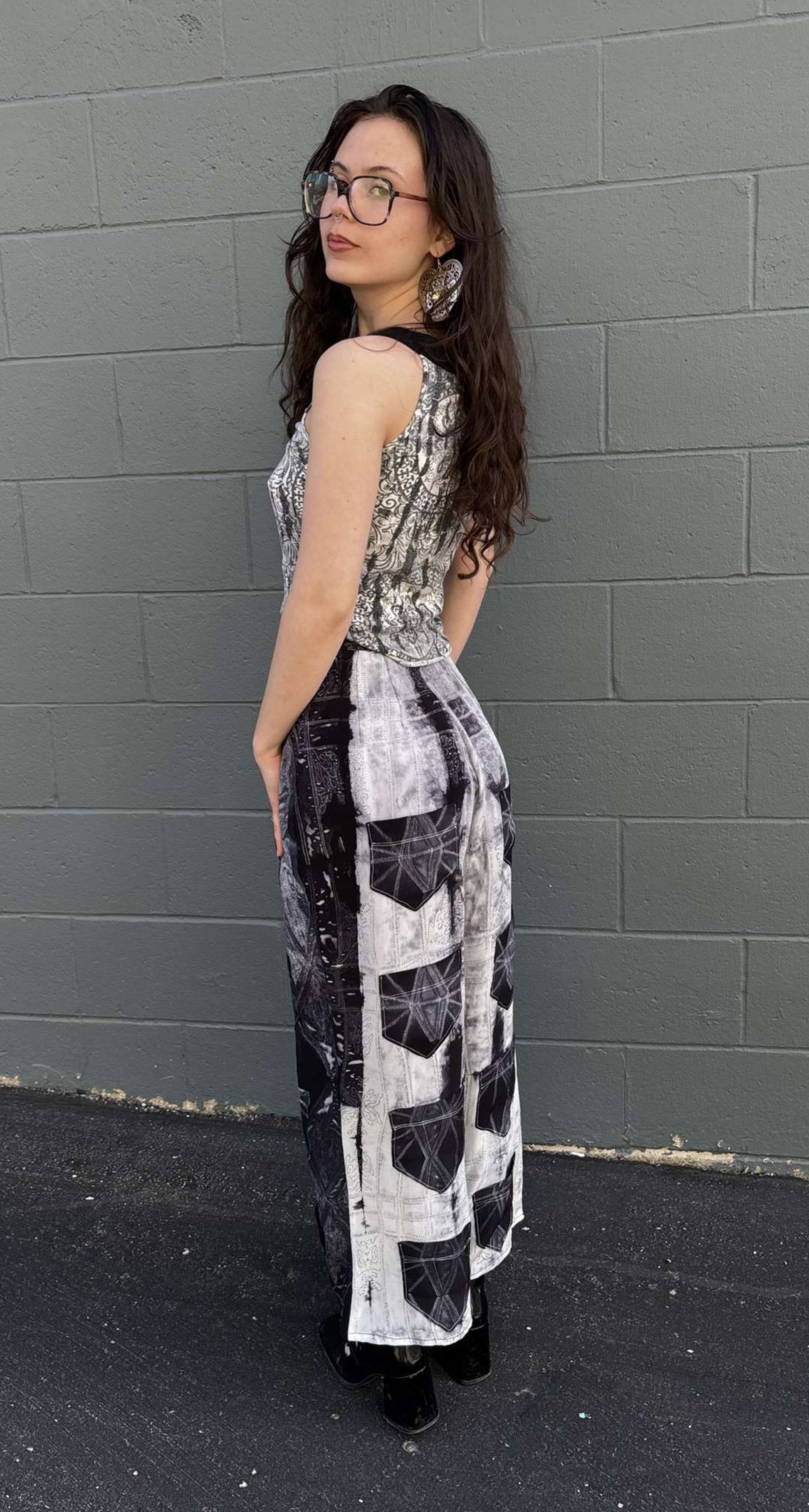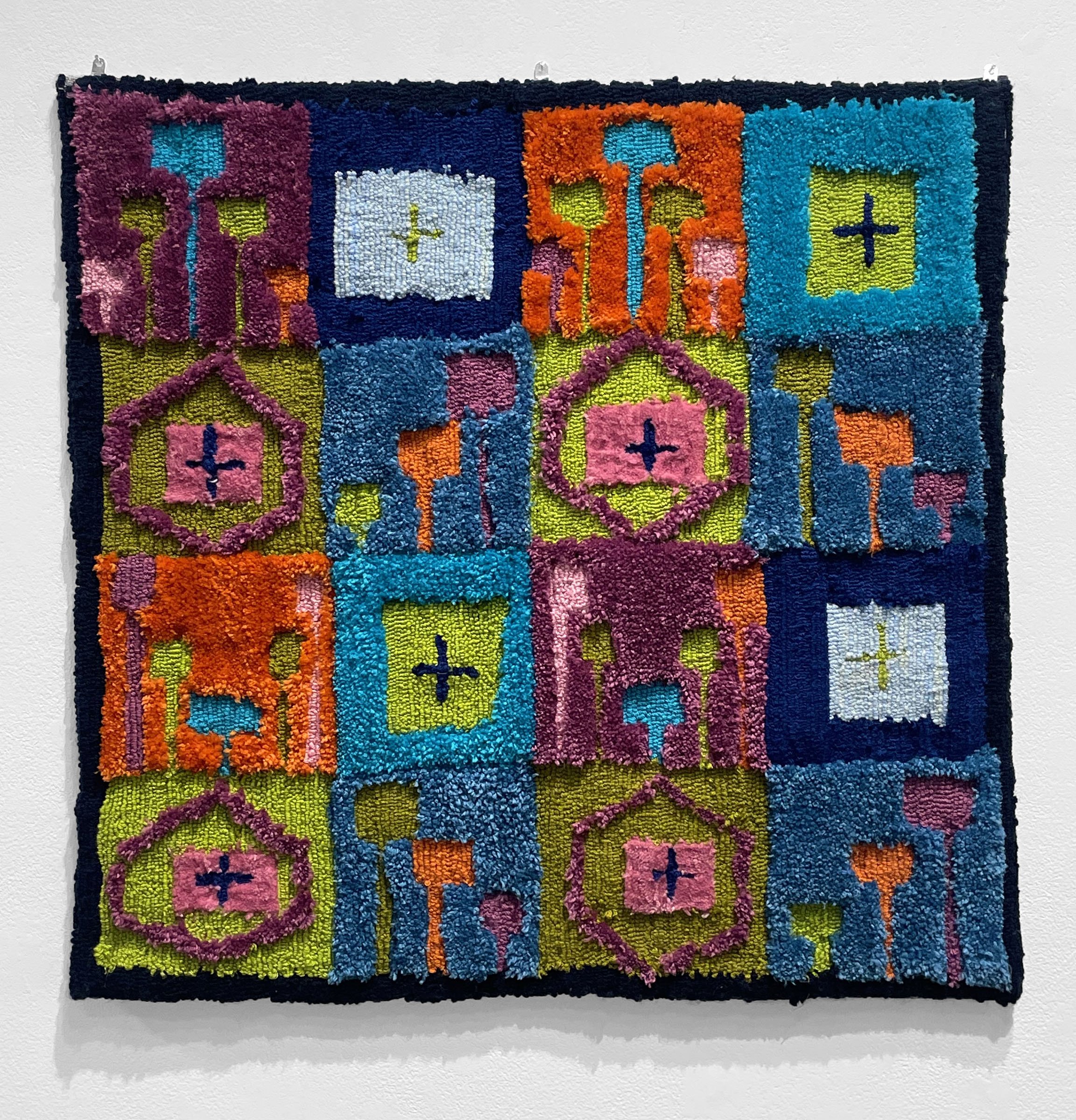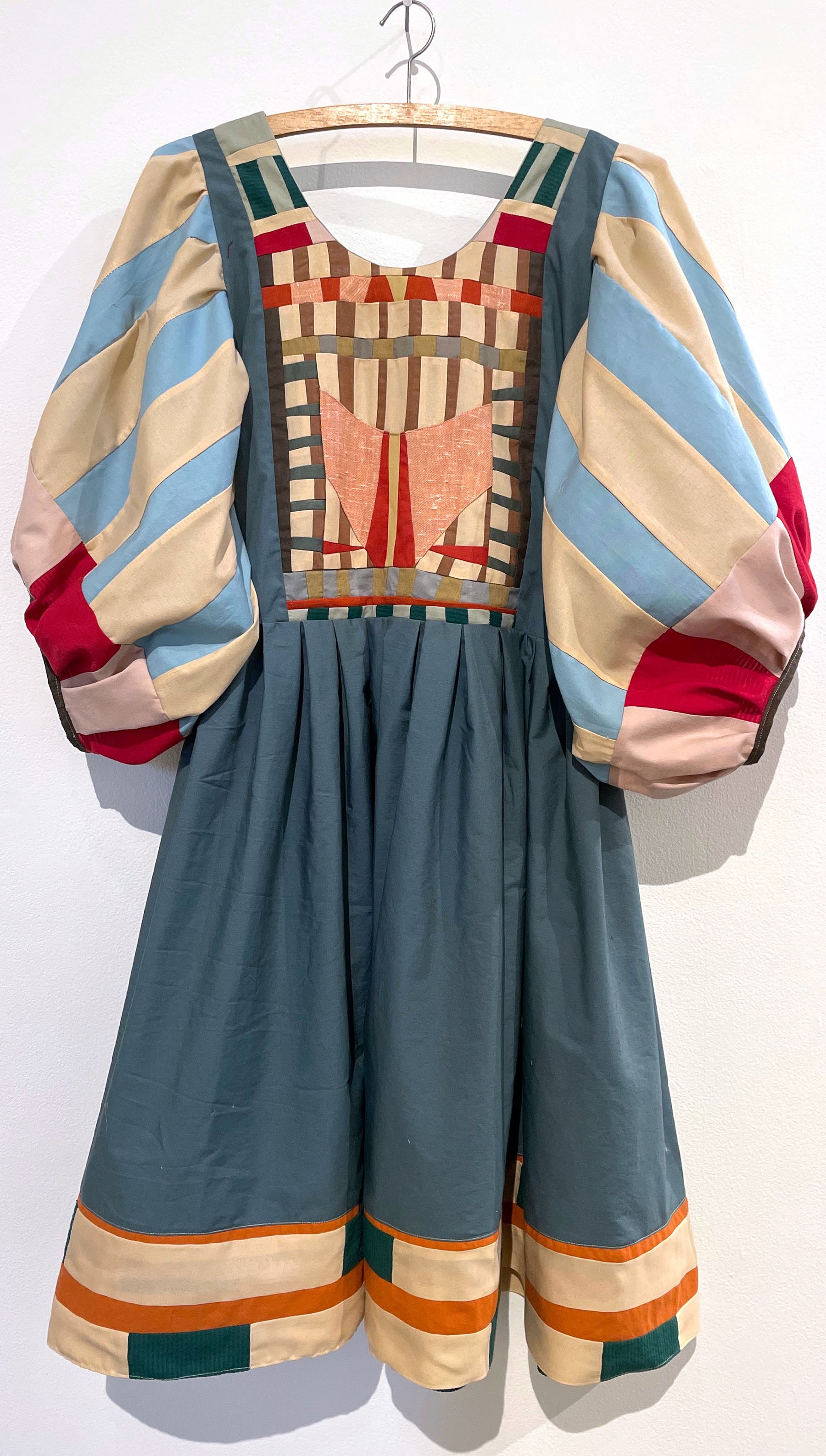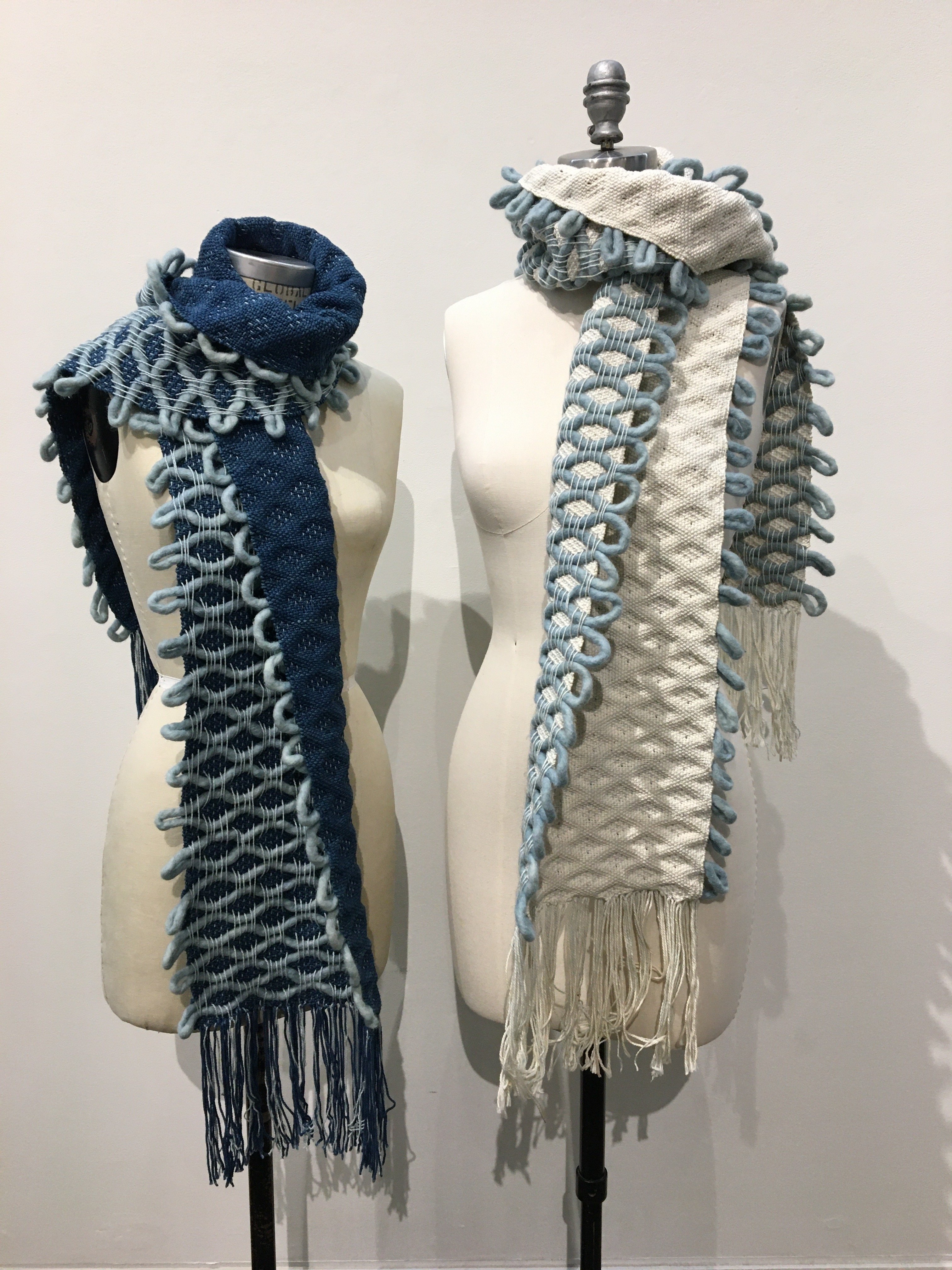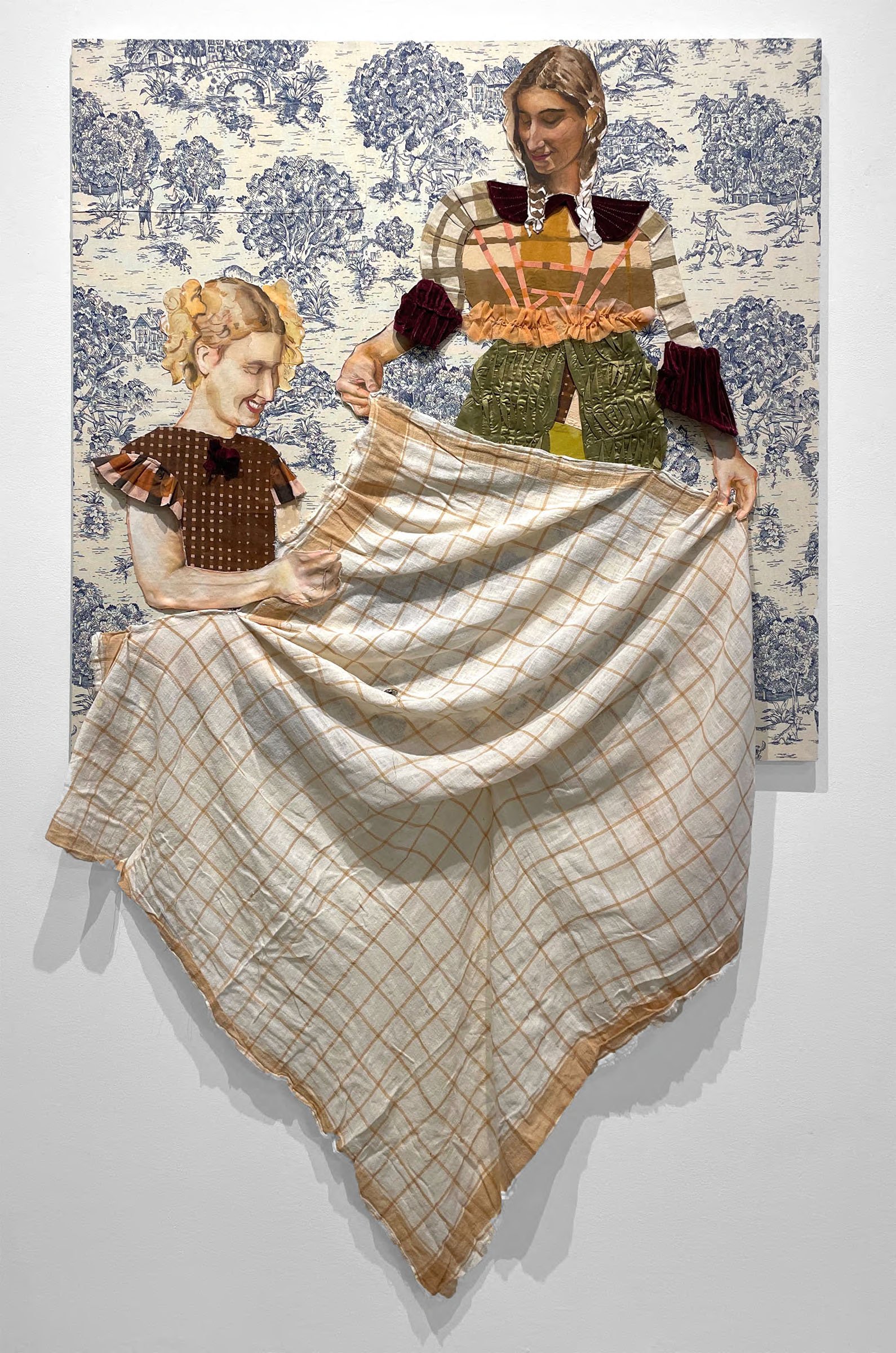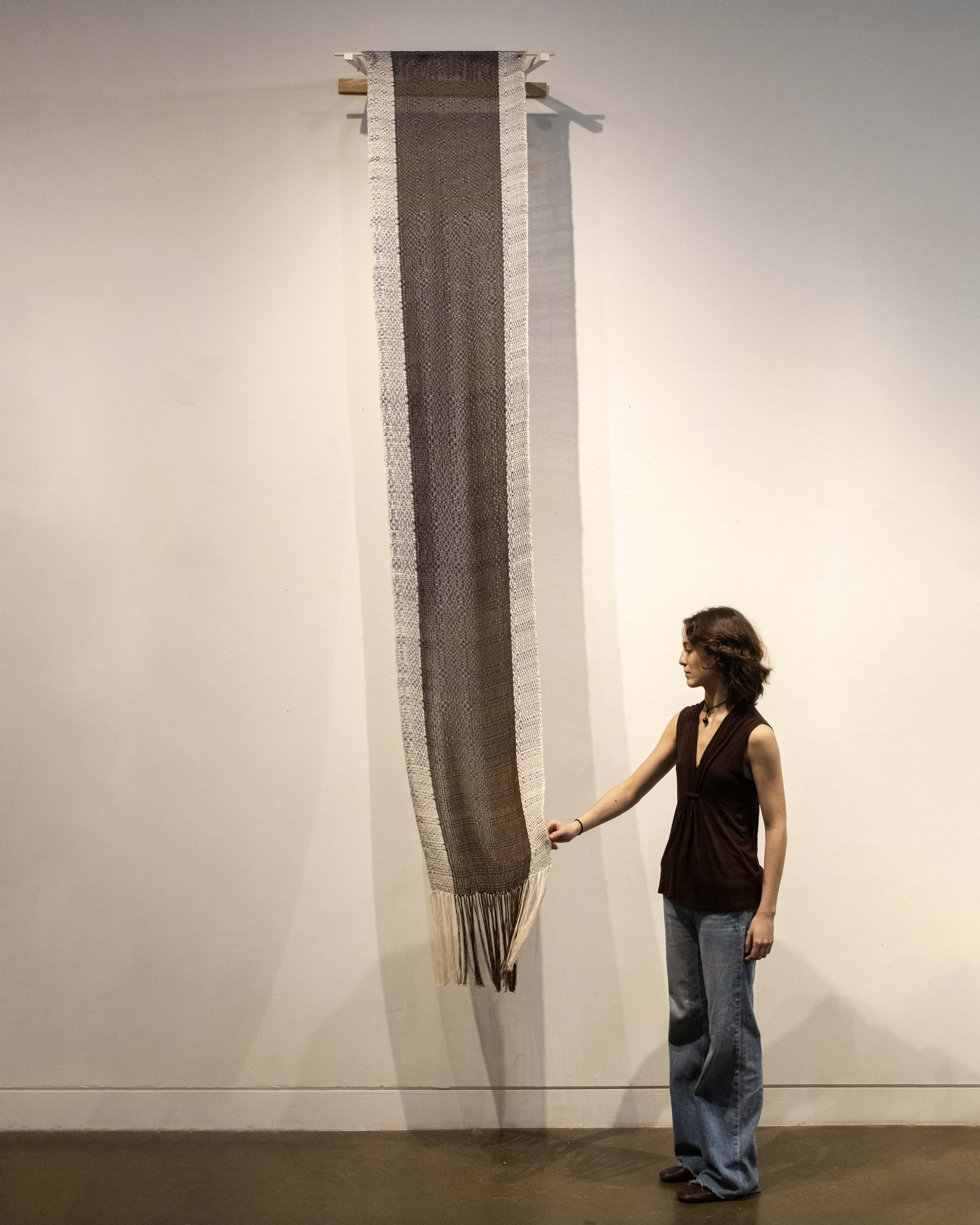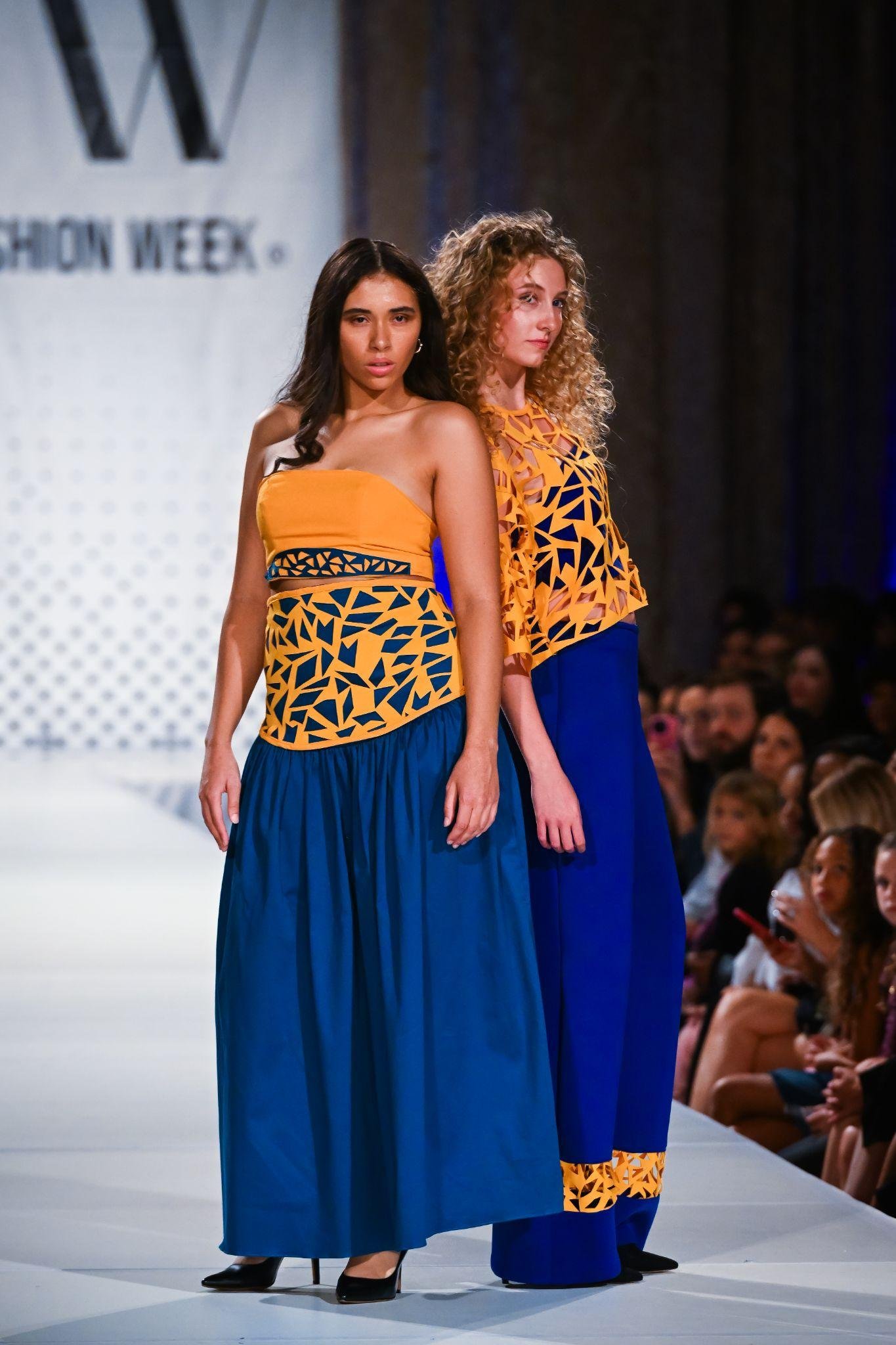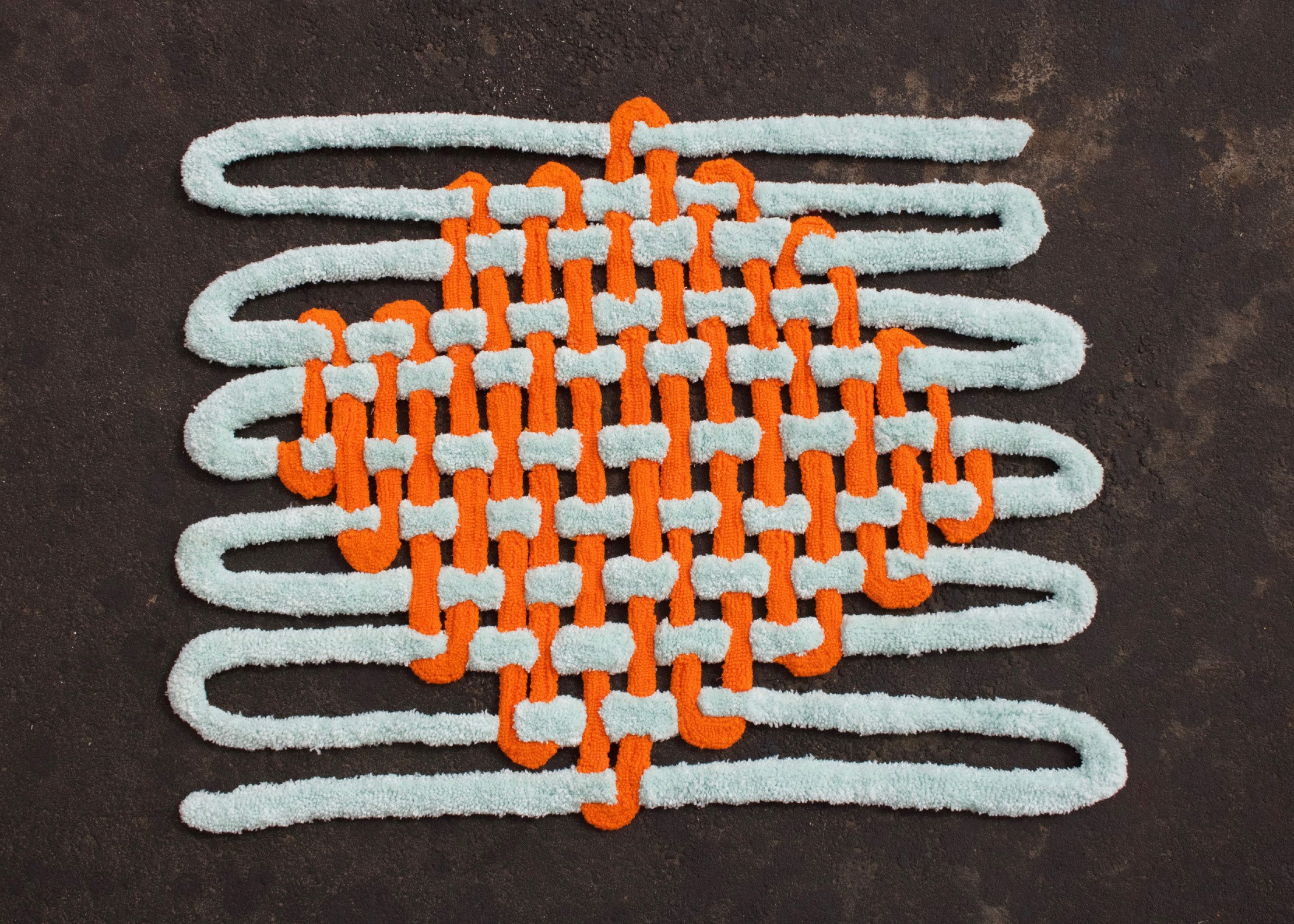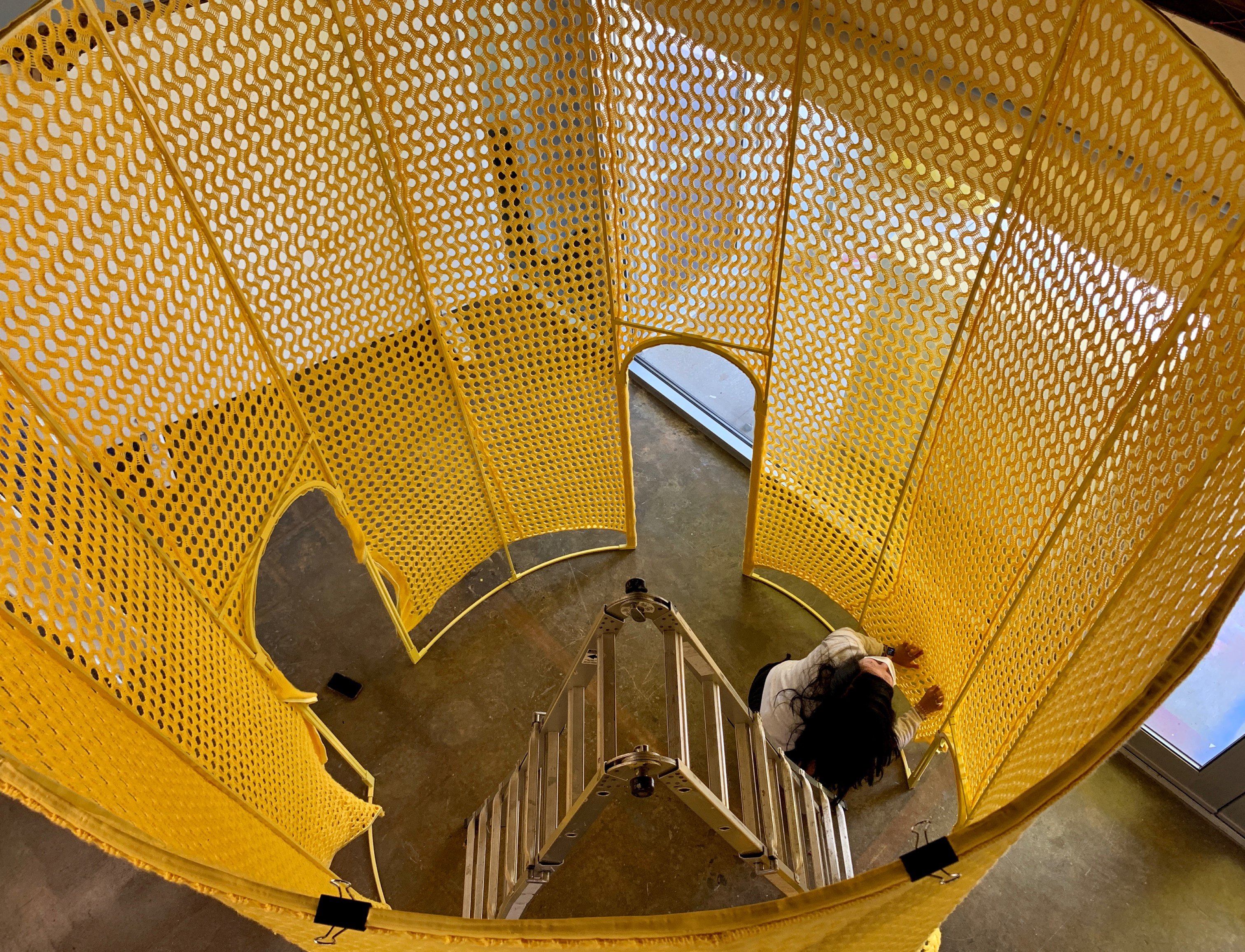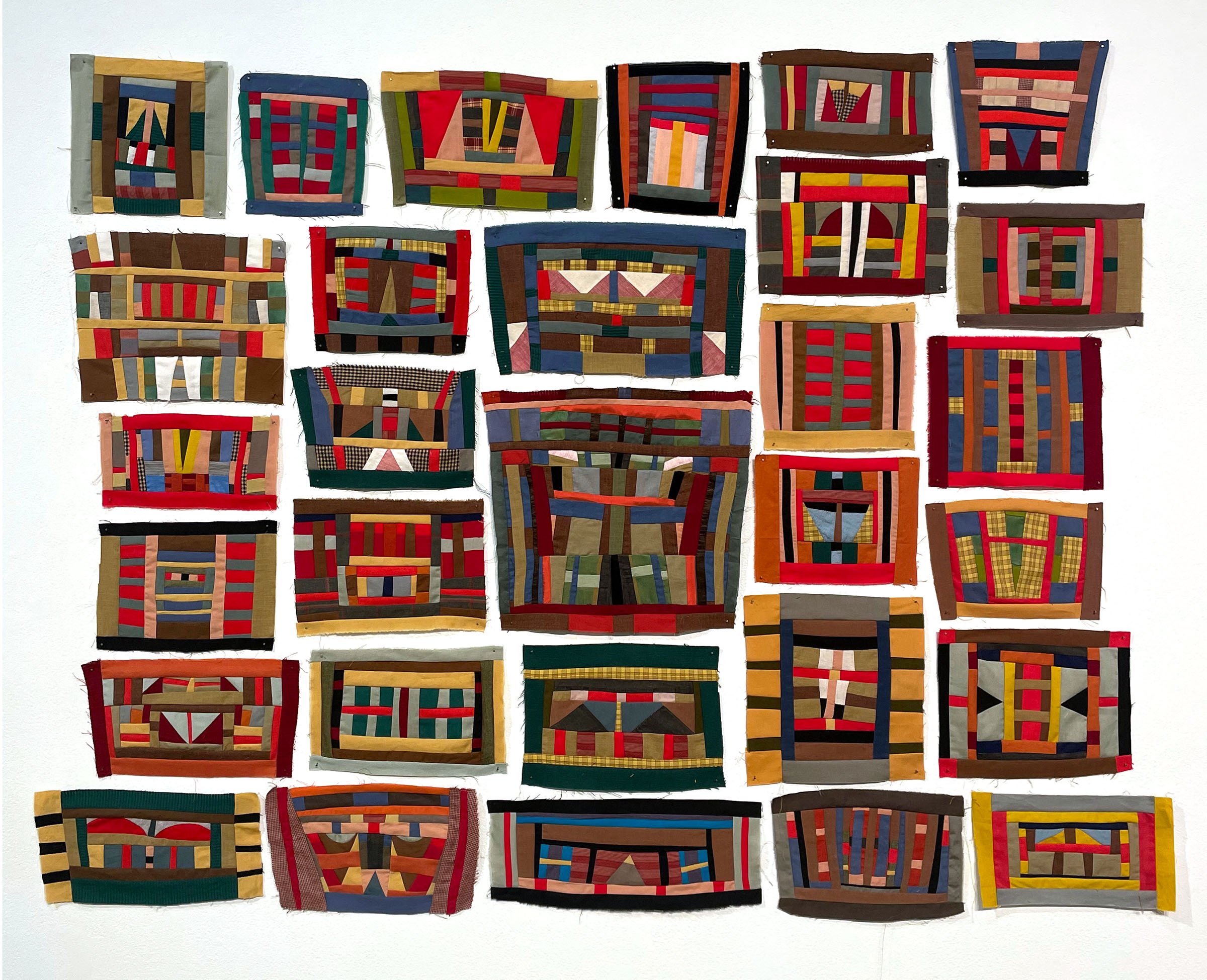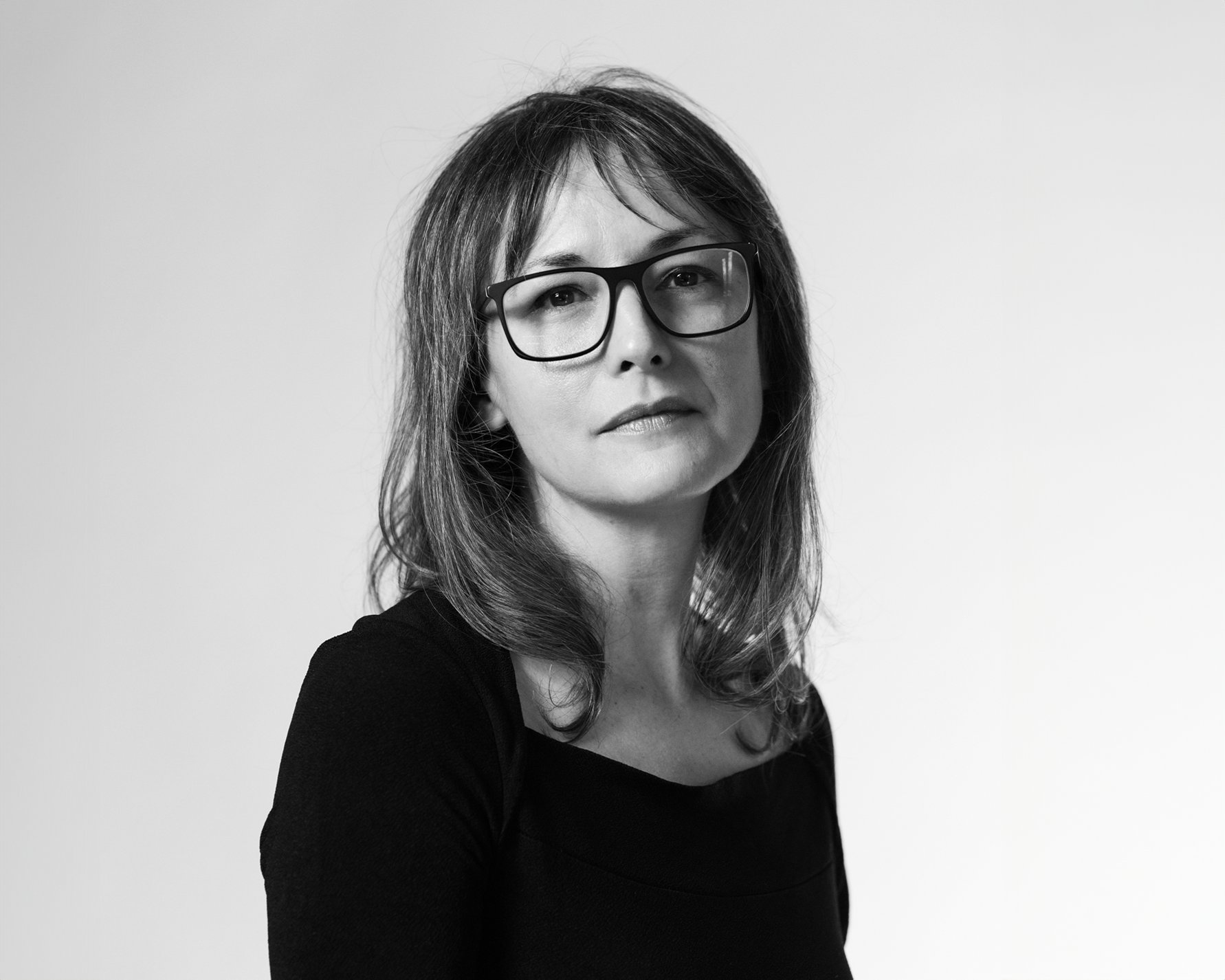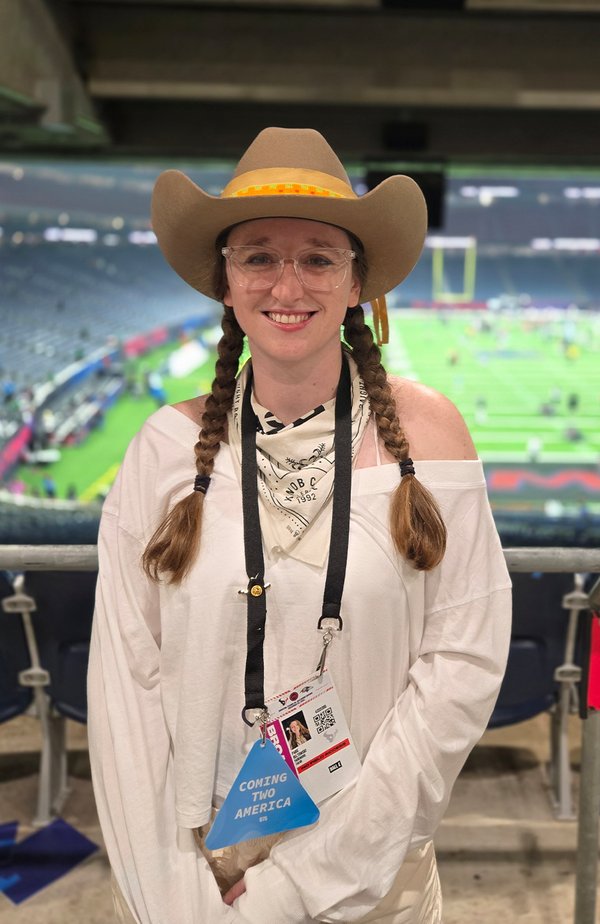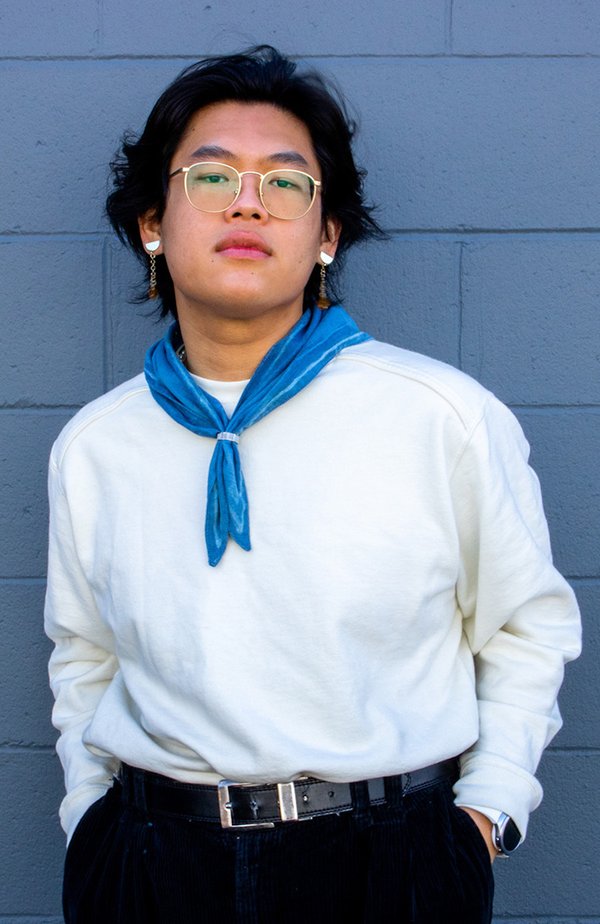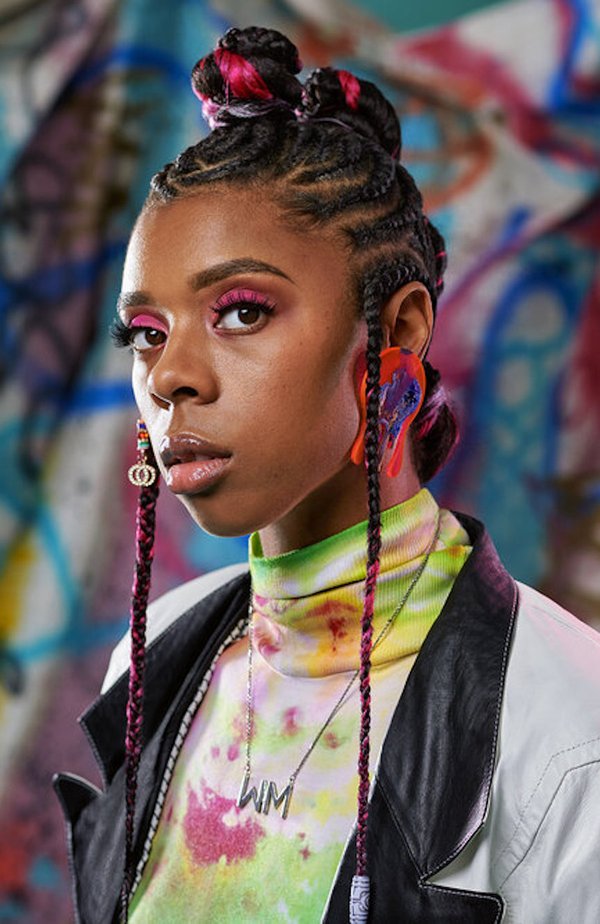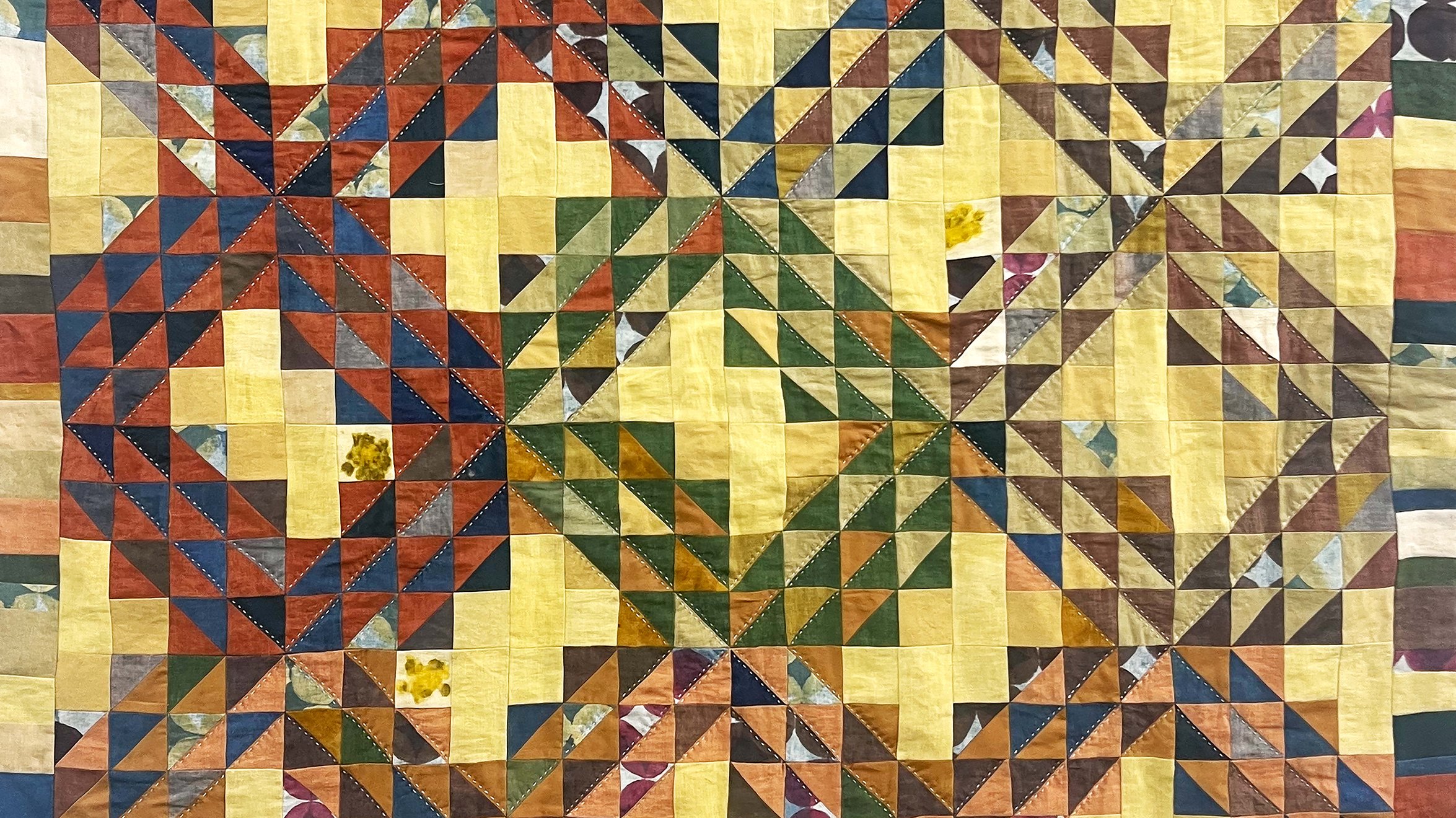
Fiber
Fiber art comes in a variety of materials and processes. It’s tactile and experimental. Multidisciplinary and idea-generating. Global and local. Students that are part of the fiber arts program develop and fine-tune their skills through a materials-based process of making.
Other pages in this section:
Fiber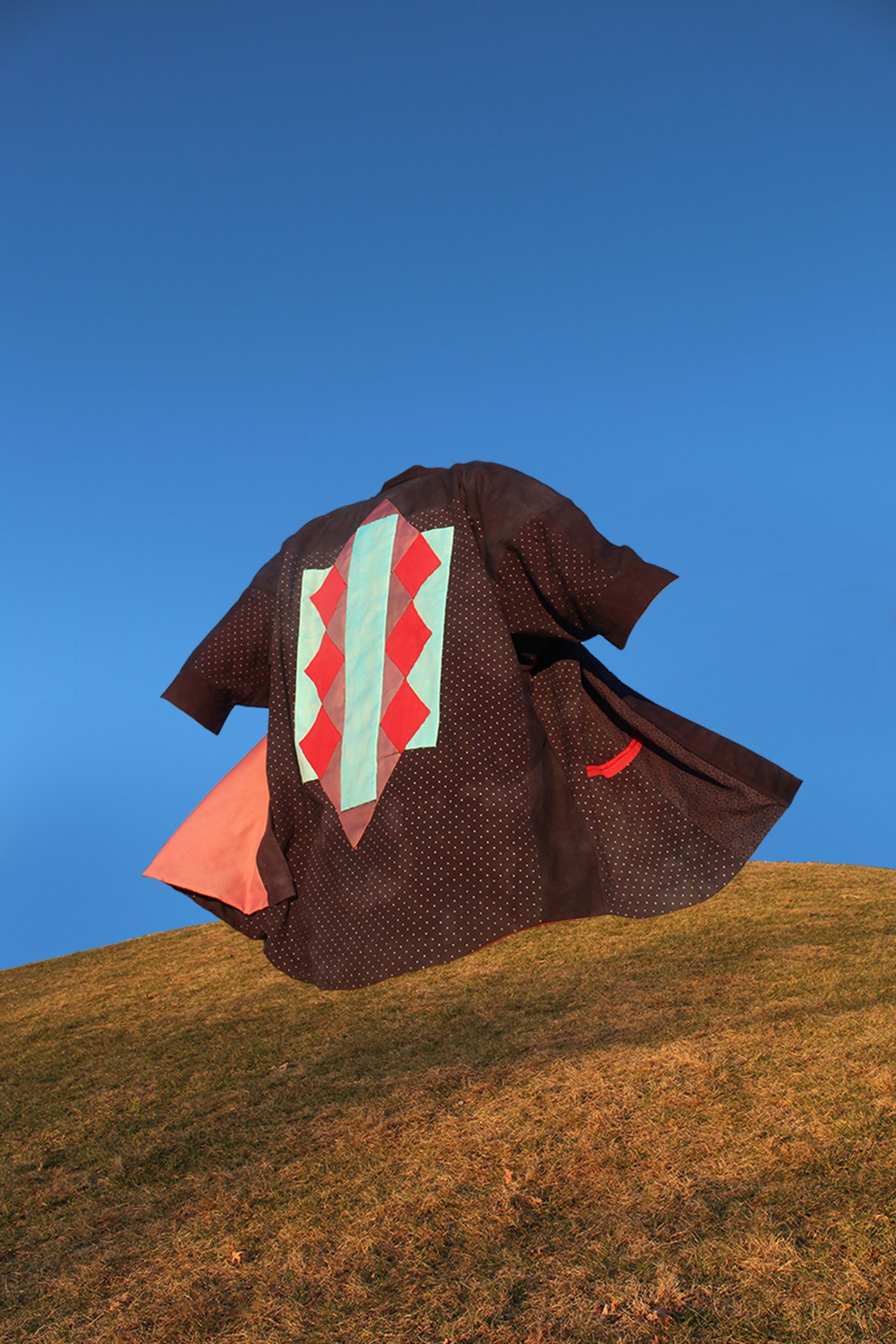
A Tactile Experience
Do you feel that? Fiber art is tactile. Something you can touch. It’s everyday materials becoming art in your hands.
It's traditional with a rich history and broad language. It's experimental, both handmade and digitally made. It crosses boundaries and interfaces with art, design, craft, and technology.
At KCAI, students in the fiber arts school gain both a broad technical foundation and a conceptual focus while becoming masters of their tools, materials, and techniques.
Start from scratch and get to know materials...how they grow, how they form, what they can do. Now you can imagine the possibilities! You'll hone your craft and practice through dyeing, printing, sewing, quilting, spinning, weaving, knitting, felting, papermaking, garment/costume construction and more.
So, go ahead. Embrace the tactile life. Gather materials from all around you. And get ready to give them new life.
Nurture your curiosity in the field. Get your hands on materials and learn from professionals on field trips to alpaca farms, dye gardens, and local companies.
Classes + Course Requirements
KCAI’s fiber arts classes cover a broad range of traditional and experimental practices so that you can find your own voice within this exciting multidisciplinary field
1st year
Your journey starts in the Foundation program where you will explore new techniques and find passions that you never knew you had.
2nd year
- Intro to Surface & Color
- Textile Construction: Weaving
- Fiber Properties
- Basic Sewn Construction
3rd year
- Hand Construction & Digital Tools
- Advanced Textile Processes
4th year
- Senior Fiber/Textiles
- Senior Thesis Seminar
- Professional Practice
Student Work
"The quality education that I received at KCAI has allowed me to work in the arts. It has opened a lot of doors for me.”
Fiber Faculty
KCAI faculty are artists, designers and scholars in their fields.
Lecturers
Hadley Clark
Rebecca Vaughan
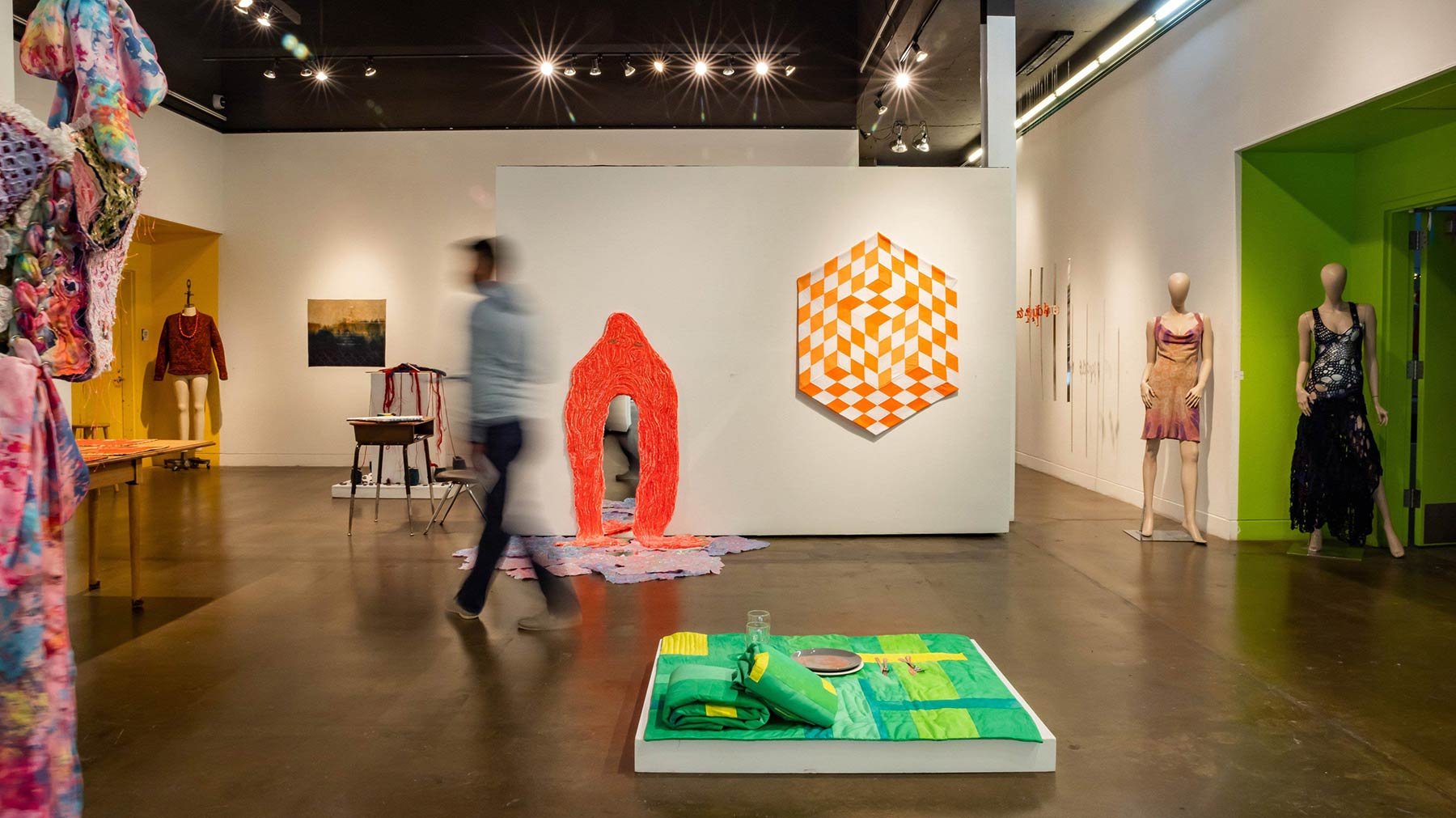
The Warehouse
The 10,000 sq. foot Warehouse, located a block from campus, provides students with one of the best-equipped fiber programs in the nation. The building includes a gallery, a dedicated studio for each student, and classroom space.
The equipment and facilities encompass a variety of technology including hand, mechanical, electronic, and industrial tools including:
- Multi-harness floor looms
- Electronic knitting machines
- CAD lab for designing woven, printed, embroidered, and knitted fabrics
- State-of-the-art Jacquard loom
- Fully-equipped dye lab
- Surface design/silkscreen studio with custom-made print tables
Career Paths + Career Outcomes
Fiber Arts Program graduates work as Textile Designers, Fashion Designers, Wallcover Designers, Visual Merchandisers, Sustainable Production Artists, Gallery Owners, Fine Art Professors, Art Therapists, Knitwear Designers, and Arts Administrators.
Alumni work for Spanks, Artists Inc, 705 Union, Asiatica, Peruvian Connection, and HBO Max.
KCAI's Professional Practice Center will help you prepare for your career.
Make Senior Year a Creative Milestone
Spend your final year developing a cohesive body of work that reflects your vision, skills, and growth as an artist.
Then, share it with the public at the Senior Thesis Exhibition and the Annual BFA Exhibition, held at the Emily & Todd Voth ArtSpace and KCAI Gallery.
